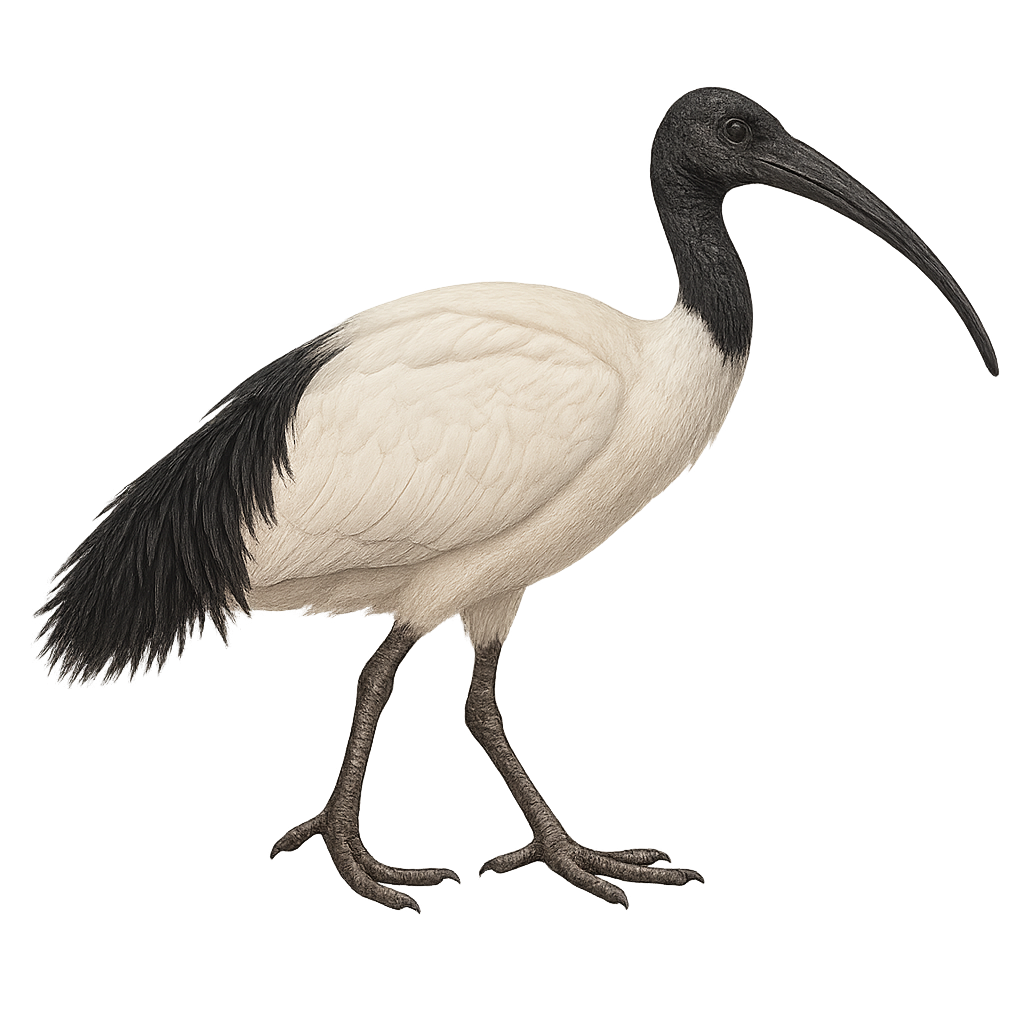Your wildlife photography guide.
Explore the malagasy sacred ibis in detail, study its behavior, prepare your shots.
Where to observe and photograph the malagasy sacred ibis in the wild
Learn where and when to spot the malagasy sacred ibis in the wild, how to identify the species based on distinctive features, and what natural environments it inhabits. The WildlifePhotographer app offers tailored photography tips that reflect the malagasy sacred ibis’s behavior, helping you capture better wildlife images. Explore the full species profile for key information including description, habitat, active periods, and approach techniques.
Malagasy sacred ibis
Scientific name: Threskiornis bernieri

IUCN Status: Vulnerable
Family: THRESKIORNITHIDAE
Group: Birds
Sensitivity to human approach: Suspicious
Minimum approach distance: 10 m
Courtship display: November to December
Incubation: 26-28 jours
Hatchings: November to January
Habitat:
Mangroves, coastal marshes, estuaries
Activity period :
Primarily active during the day, with peak activity in the morning and late afternoon.
Identification and description:
The Malagasy sacred ibis, or Threskiornis bernieri, is a bird species endemic to Madagascar, primarily found in coastal wetlands and mangroves. This medium-sized bird, recognizable by its white plumage contrasting with its black head and neck, is often seen in small groups. It feeds mainly on small invertebrates, fish, and crustaceans, which it finds by probing the mud with its long, curved bill. Deforestation and habitat degradation are major threats to its survival. Classified as vulnerable by the IUCN, the Malagasy sacred ibis is the focus of conservation programs aimed at protecting its habitats and raising awareness among local populations about its ecological importance.
Recommended lens:
400mm – adjust based on distance, desired framing (portrait or habitat), and approach conditions.
Photography tips:
To photograph the Malagasy sacred ibis, choose early morning hours when the light is soft and the bird's activity is at its peak. Use a telephoto lens of 400mm or more to capture detailed images without disturbing the bird. Be patient and discreet, approaching slowly to avoid startling it. Mangroves and coastal marshes provide natural backdrops that highlight the ibis's contrasting plumage. Consider including habitat elements in your compositions to contextualize the bird's natural environment.
The WildlifePhotographer App is coming soon!
Be the first to explore the best nature spots, track rutting seasons, log your observations, and observe more wildlife.
Already 1 431 wildlife lovers subscribed worldwide

